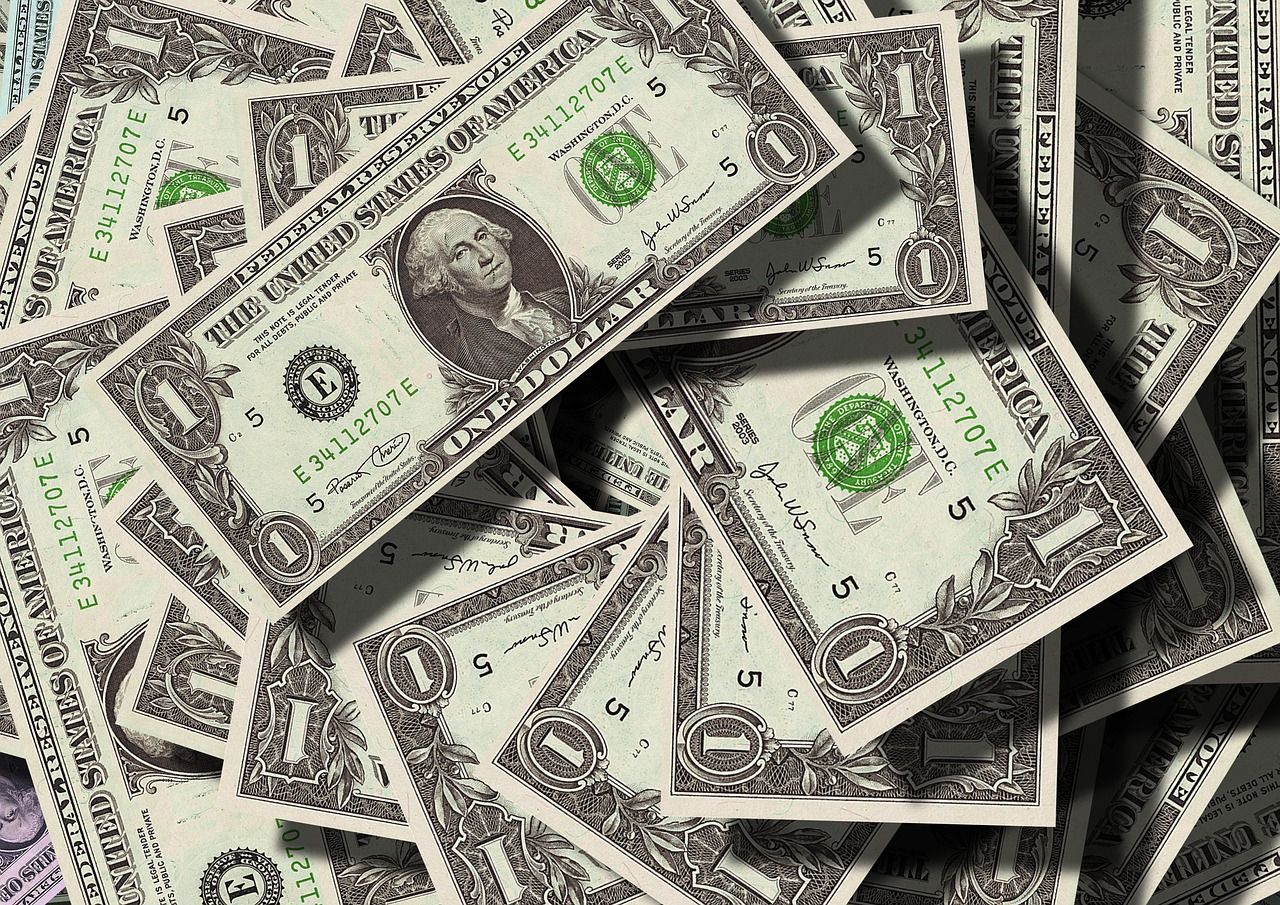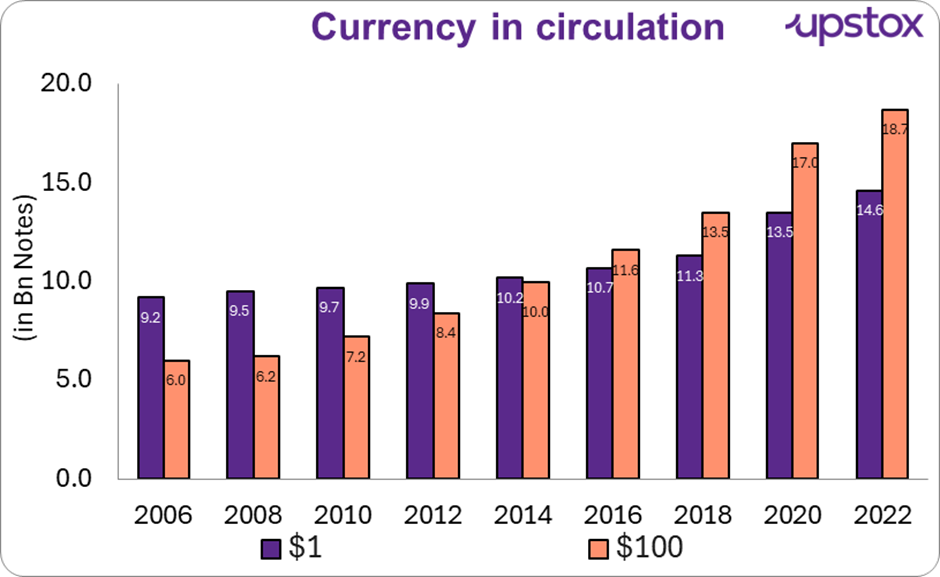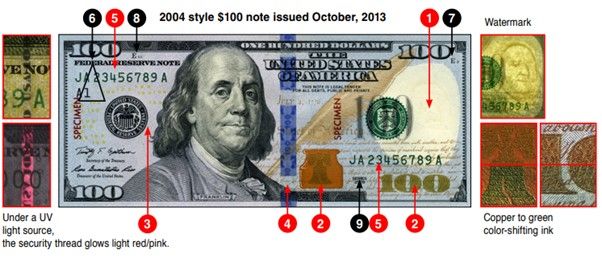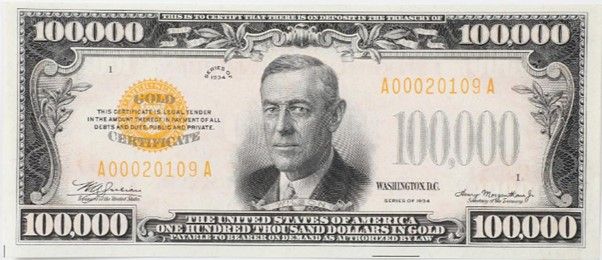Upstox Originals
Beyond The Headlines: Fascinating facts about the US dollar
.png)
3 min read | Updated on April 18, 2025, 11:48 IST
SUMMARY
The US and US currency have been all over the news recently. But in this edition of Beyond The Headlines, we move beyond the noise and look at some interesting facts about the Greenback. It is full of captivating facts—from the surprising dominance of the $100 bill to the secretive $100,000 note that never touched public hands. These bills aren't just valuable but engineered for longevity and security.

There are ~19 billion $100 notes in circulation
There are more $100 bills in circulation than $1 bills
Surprisingly, the $100 bill has overtaken the $1 bill in circulation. After the 2008 financial crisis, when the Federal Reserve cut interest rates to zero, demand for $100 bills surged. By around 2017, $100 notes had surpassed $1 bills.

Source- Apollo Global Management
The average lifespan of a $100 Bill is 22.9 Years
According to the U.S. Federal Reserve, a $100 bill lasts an average of 22.9 years—the longest lifespan among U.S. denominations. In contrast, a $10 bill typically lasts about 5.3 years (Home) Interestingly, the $1 bill lasts 6.6 years, outliving both the $5 (4.7 years) and $10 (5.3 years) bills. Higher denominations like the $100 note are mostly stored or used in large transactions, reducing wear and tear.
| Denomination | Estimated Lifespan |
|---|---|
| $1 | 6.6 Years |
| $5 | 4.7 Years |
| $10 | 5.3 Years |
| $20 | 7.8 Years |
| $50 | 12.2 Years |
| $100 | 22.9 Years |
Source-Board of Governors of the Federal Reserve System
U.S. bills aren’t made of regular paper
Unlike regular paper, U.S. currency is made from a blend of 75% cotton and 25% linen. This gives each note strength, durability, and a distinct fabric-like feel. To boost security, tiny red and blue synthetic fibers are embedded throughout the bill, not printed, making counterfeiting harder. U.S. currency is packed with clever design elements that keep it secure and easy to verify. Here are some of the features of US Currency:
- Watermark – A visible image from either side when held to light, used to verify authenticity.
- Colour shifting ink – Changes from copper to green when tilted, featured on most higher denomination notes.
- Security thread – A glowing vertical strip embedded in the paper, indicating the bill’s value.
- 3-D security ribbon – Blue ribbon on the $100 bill with moving images when the note is tilted.
- Serial bumbers – The first letter indicates the series year to help trace and verify notes.
- Federal reserve indicators – Letter and number pair (like B2) identifies the issuing Federal Reserve Bank.
- Note position letter and number – Shows the printing position on the sheet for quality control.
- Face plate number – Identifies the front printing plate used to print the note.
- Series year – Indicates the year of design approval or when a major change was made.

Source- KnowYourMoney
Did you know the largest US banknote ever printed was worth $100,000?
In 1934, the U.S. Treasury printed a $100,000 gold certificate—the highest denomination ever issued. It featured President Woodrow Wilson and was used solely for internal transactions between Federal Reserve Banks. This special note was never circulated among the public. It was created to streamline large-scale transfers during the economic turmoil of the Great Depression.

Source: National Museum of American History
- From stocks to banks: Finance facts that will leave you awestruck
- From 5G markets to IPO hubs: Surprising insights from India’s growth story
- From consumer boom to local kiranas: Surprising insights from India’s growth story
- From India’s tourism, to declining e-car sales and Swiggy's revenue mix, 3 facts that surprise
By signing up you agree to Upstox’s Terms & Conditions
About The Author
